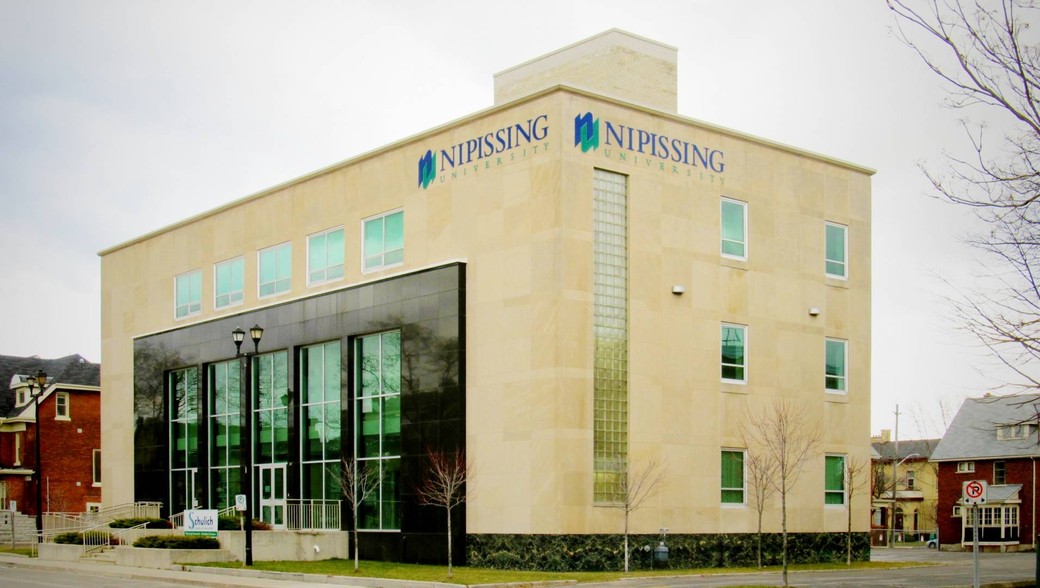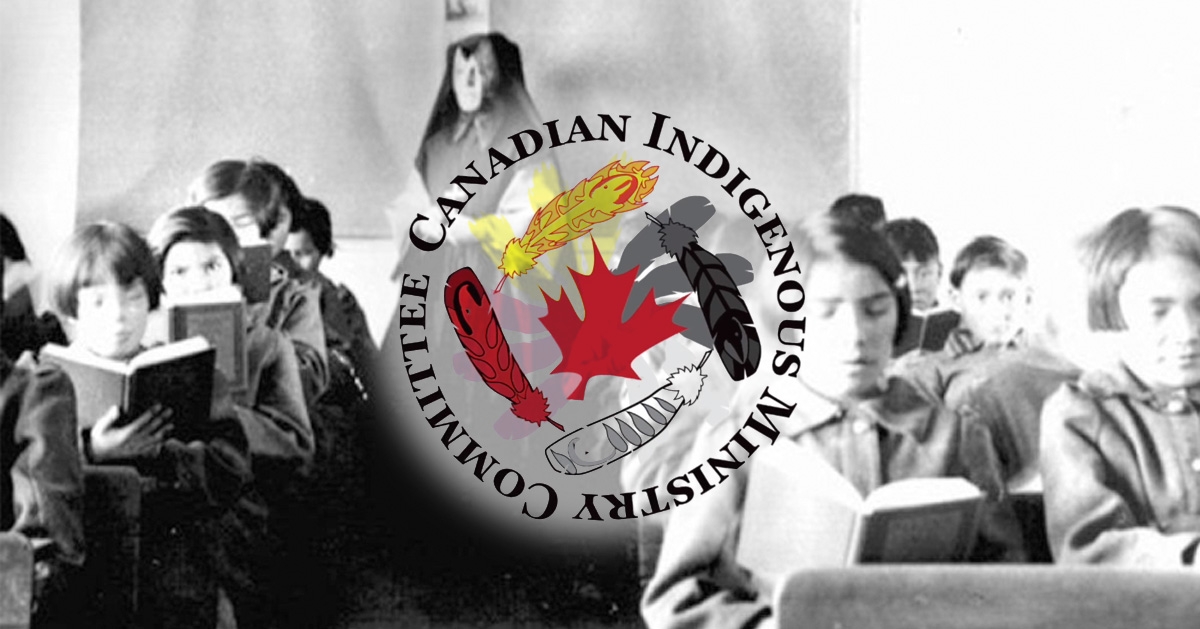
Education as Transformation — Answering the call of Chief Dan George
“I’m going back to school.”
What a sense of opportunity that simple phrase evokes. Stories of personal growth often begin with those few words. In a society focused on the power of the individual to change their life and begin anew, the pursuit of knowledge is a critical first step. Education is transformative.
My father was a high school graduate, the only one in his family of 12 children. He was also a farmer, a machinery salesman and a teacher. In his time that might have guaranteed a comfortable life; however, he chose something different: an uphill path rooted in the belief that higher education was the catalyst for his family to achieve unimagined possibilities. In the church basement of a small north-western Ontario town he began his post-secondary journey, courtesy of an outreach program. It was a course in the classics, quite different for him, and a building block to a Bachelor of Arts. Two decades later he also received a Master of Arts. Equally important, he demonstrated to his family that higher education was not simply possible, but necessary to the future. All of us, four children, have multiple degrees, and have achieved careers beyond his dreams. One person returns to school and a family is transformed.
Education transforms individual lives and families, but more importantly, it has the power to alter communities. Aboriginal people in Canada have long stood on the sidelines of educational success, having suffered through the Indian Residential School century and having been discouraged from entering post-secondary education at the risk of extinguishing their rights as Aboriginal people. The desire for education has always been there, but access to it was an early challenge.
In his famous 1967 address, Lament for Confederation, the great Chief Dan George proclaimed: “Oh God! Like the thunderbird of old I shall rise again out of the sea; I shall grab the instruments of the white man’s success-his education, his skills- and with these new tools I shall build my race into the proudest segment of your society.”
Almost a half century later, these tools are being wielded by Aboriginal communities to help build a greater future.
The numbers for Aboriginal participation in post-secondary education paint a dramatic picture. In the 1930s, only one Status Indian was reported to have graduated with a university degree. (source: The New Buffalo, Blair Stonechild). In the mid- 1960s, there were about 200 Status Indian students enrolled at Canadian colleges and universities. By 1999, the number had soared to more than 27,000 (source: Post-Secondary Education for Status Indian and Inuit, December 2000). And according to the 2011 National Household Survey, roughly 174,000 people who had self-identified as Aboriginal had a post-secondary qualification. Blair Stonechild writes in his book, The New Buffalo: The Struggle for Aboriginal Post-Secondary Education in Canada, that with the demise of the buffalo, education was the resource that would guarantee Aboriginal people survival in the future. Aboriginal peoples have embraced post-secondary education, but there remains work to do.
Today, Aboriginal people have one of the largest youth populations in Canada and universities and colleges are paying attention. Programs have been developed to introduce young Aboriginal students to the possibilities that exist in university, recruitment is well developed across the country, and there are transition programs to help students succeed. But in many cases the post-secondary system is challenged by helping students overcome poor preparation at the K-12 level. Given the remote location of many First Nations, young people must travel far from home to attend high school or post-secondary institutions. Funding also remains a challenge. While many Canadians might believe that all Aboriginal students receive free post-secondary education, the reality is quite different. Though funding is available, it has not kept pace with the increased number of students rising to meet Chief George’s challenge. First Nations students are, on average, older and are more likely to have children, further exacerbating the lack of funds.
 Education is transformative. It is transforming the many nations of Aboriginal people as they seize the tools of social success. A significant step is the recent announcement of First Nations Control of First Nations Education: A New Way Forward. It supports the treaties and the obligations they carry; it allows for First Nations control of education within a framework of First Nations languages and cultures; it sets out obligations to meet or exceed existing provincial standards; and it provides much needed resources. All of these elements support the notion that First Nations control of education is critically important — not control for its own sake, but for the promise of better outcomes for our children.
Education is transformative. It is transforming the many nations of Aboriginal people as they seize the tools of social success. A significant step is the recent announcement of First Nations Control of First Nations Education: A New Way Forward. It supports the treaties and the obligations they carry; it allows for First Nations control of education within a framework of First Nations languages and cultures; it sets out obligations to meet or exceed existing provincial standards; and it provides much needed resources. All of these elements support the notion that First Nations control of education is critically important — not control for its own sake, but for the promise of better outcomes for our children.
Universities are helping Aboriginal peoples achieve their educational goals to become the proudest segment of society. We will continue helping individuals overcome the challenges and barriers they face, knowing that individuals raise families, and families change nations. It is the new buffalo.
Dr. Mike DeGagné is the President and Vice- Chancellor of Nipissing University.












